What is better for insulation: foam or mineral wool?
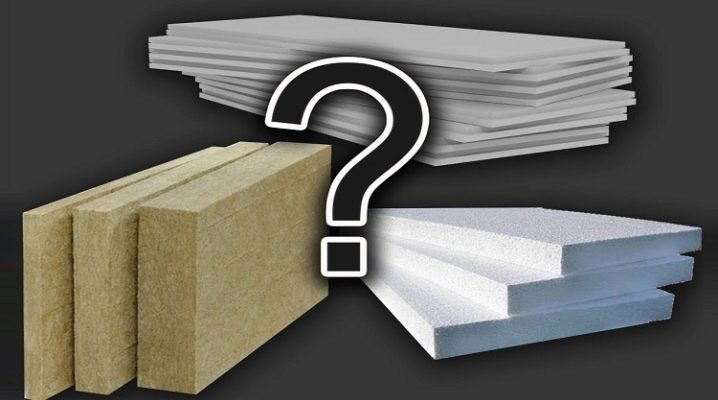
Thermal insulation of buildings is an obligatory stage of construction, because even the most modern and high-quality heating system is not able to cope with the cold climate. The market offers a large selection of materials that are used for insulation, but currently the most popular of them are foam and mineral wool.
The choice is not easy, because both materials have their own advantages and disadvantages. To find the most successful option, you should compare their properties.
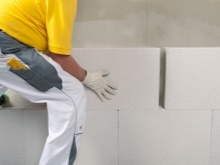

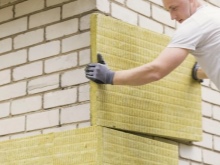
Comparison of characteristics
In order to see the difference between materials, you need to compare their characteristics. Taking into account the peculiarities and properties of heaters, one can understand what is better to choose for thermal insulation of the facade and the room inside. Consider some of the qualities of materials that must be taken into account.
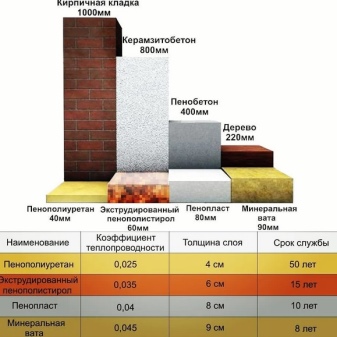
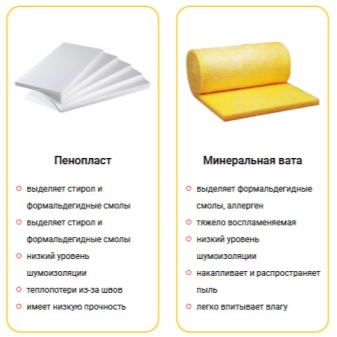
Water vapor permeability and water permeability
It is important to take into account these indicators, since it depends on them whether the microclimate inside the house will be comfortable for living. In any room, over time, a certain amount of water vapor and carbon dioxide accumulates. If there are too many substances, they will accumulate under the insulation, due to which a fungus will subsequently appear on the walls.
Mineral wool has a higher vapor permeability than foam. Expanded polystyrene is capable of passing 10 times less air and moisture than mineral wool. It has a permeability coefficient of 0.03 mx Pa per hour, and medium density mineral wool - 0.3 mx Pa per hour.
If you need to insulate a residential building or a room with a high level of humidity, you should choose mineral plates.
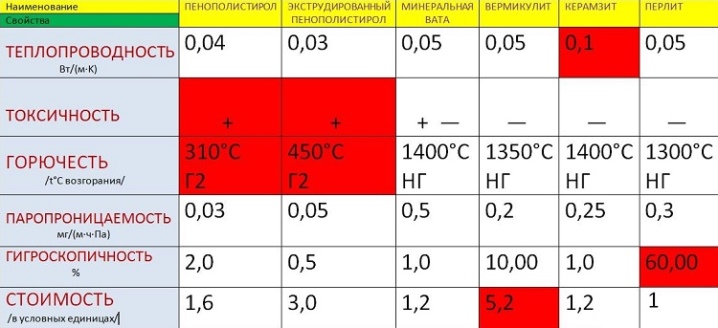
Flexural strength
This indicator is important if you need to insulate surfaces with complex geometry. It can be half-columns standing at the entrance to the house, various pipes or walls with niches. When bending, the foam is capable of collapsing by 10 percent, unlike mineral wool, which can be used to insulate any pipe without any problems.
Given this fact, foam is not recommended for use as insulation for difficult surfaces.
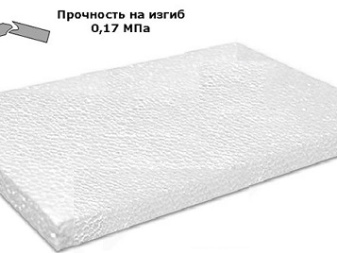
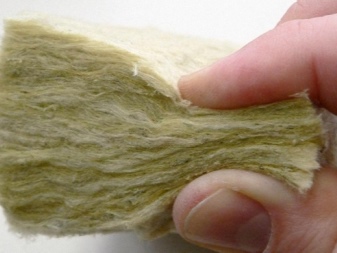
Thermal conductivity
Thermal conductivity is one of the most important properties of thermal insulation materials. This indicator is calculated taking into account the volume of heat flux that can pass through the material. Styrofoam keeps heat more efficiently, but rock wool also has decent thermal conductivity.
Taking into account approximately the same indicators, we can say that the thermal insulation of a room with mineral wool is equivalent to its insulation with foam sheets. These heaters are not in vain the most popular and demanded.
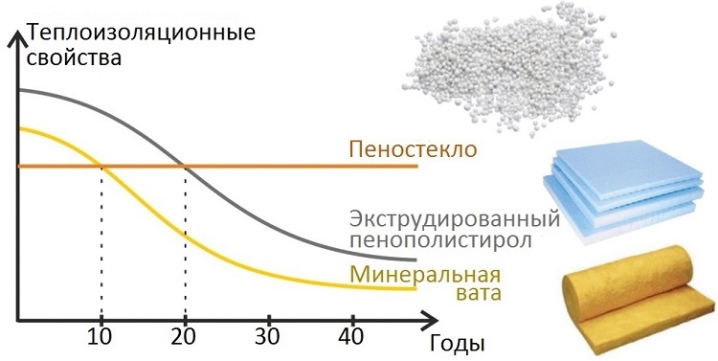
Fire safety
The indicator is most important when constructing wooden buildings from a bar. Mineral wool is the best option as it is made from non-combustible materials (glass, slag and stone). You cannot burn this insulation at home. The surfaces on which the material will be located will become a barrier in the event of a fire, which will not allow the flame to spread throughout the room. In case of fire, this will allow timely rescue of people and property.
Polyfoam ignites extremely quickly and actively supports combustion, during which poisonous components are released from the material. Modern manufacturers provide the opportunity to purchase extruded foam, which is processed with special impregnations that do not allow it to burn. But even in this case, the insulation loses to mineral wool. It should also be remembered that polystyrene foam should not be placed in rooms where there is a fire hazard.
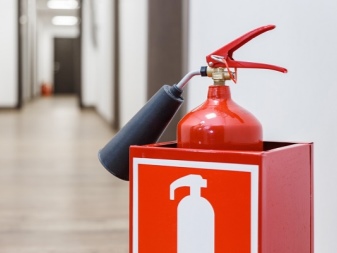
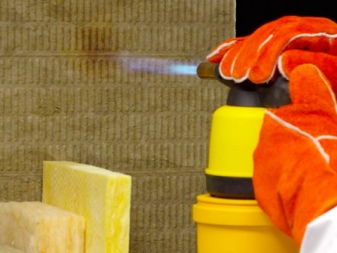
Price
The minimum cost of cotton wool is about 1435 rubles, the maximum is 2200-2300 rubles. The price of polystyrene is 1900-2390 rubles per square meter. Initially, it seems like mineral wool has a slight advantage.
But for that in order to achieve the same effect on heat saving, the correct option would be to compare the cost of thermal insulation for 1 meter of a square house structure. In this case, it is clear that the advantage of expanded polystyrene is 160 rubles per square meter, while about 226 rubles will have to be spent on mineral wool.
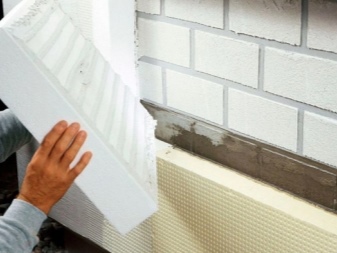

Operation and installation
It is important to consider the indicators of durability during operation. Mineral wool is more durable than its competitor. But it is important when buying insulation to take into account the period of use of the insulated area and finishing. For example, if you insulate a room using the "wet facade" method using decorative plaster, which lasts about 20-25 years, there is no need to use mineral wool, because it will still need to be removed together with the plaster.
Rodents do not harm mineral wool too often, but foam constantly suffers from these pests. They often make nests in it. Even if you introduce special additives into the material, this may not solve the problem. Expanded polystyrene is not protected from adverse biological effects, therefore it is not recommended to use it in rooms where there is a high probability of rodents.
There are no big differences in the installation of materials, therefore, in this aspect, none of them have advantages.
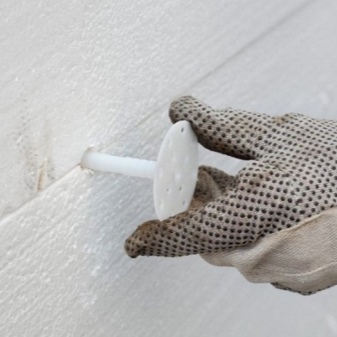
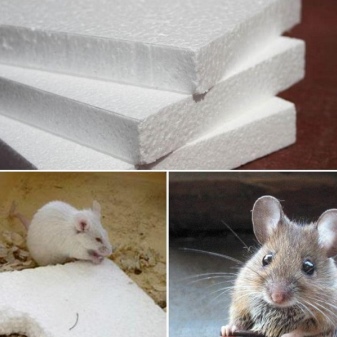
Durability
Polyfoam is not a durable material, since over time it is able to deteriorate from a wide variety of factors:
- moisture;
- wind;
- ultra-violet rays.
But it should be remembered that most often builders place a protective layer on top of the insulation. The role of such a layer is performed by finishing materials or special plaster. If done correctly, the foam can last up to 50 years for the home owner. Mineral wool is a material that can last up to 100 years. For its production, volcanic rocks are used, thanks to which the insulation has such a long service life. But this material also has a drawback. Its thermal insulation performance will decrease when the fibers are caked.
In order not to face such a problem, it is recommended to select the correct type of insulation. Horizontal surfaces are insulated with mats, vertical ones - with thicker plates.

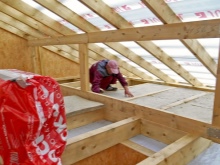
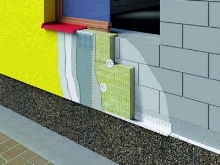
Harm to health
If the operating conditions are standard, none of the insulation will be harmful to human health. But if the ambient temperature is high or there is a fire, the foam will become incredibly dangerous, as styrene will be released from it, which accumulates in the body. In the event of a fire, the poisonous substances contained in the expanded polystyrene can lead a person into an unconscious state.
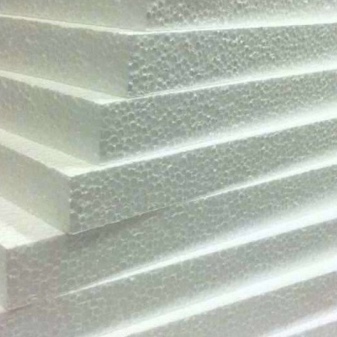
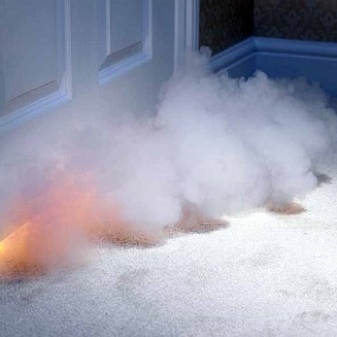
What to choose for insulating a house outside?
Mineral wool is a material whose structure is porous, therefore, when using it, a film is required for the facade, which will protect it from moisture and wind. If we neglect this fact, subsequently the insulation will become damp and will not retain heat. Also, due to strong winds, mineral wool can deform, most often this happens with the material located at the corners of the house.
The ideal option for insulating brick, frame and other houses is polystyrene foam, since it does not absorb liquids very well. It will last much longer than its competitor without the need for additional construction membranes.
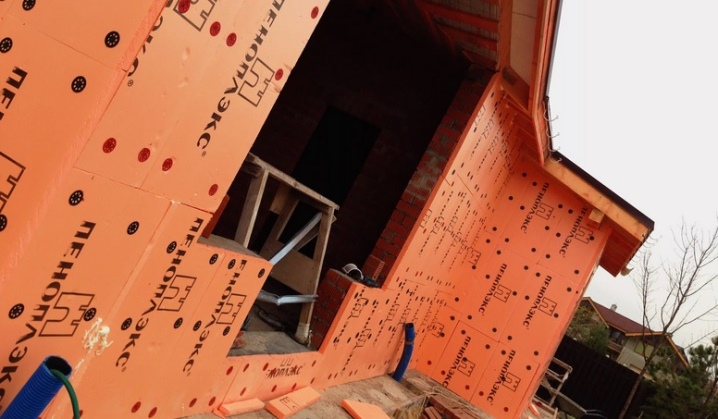
What is the best way to insulate the foundation?
If during the installation of the foundation "wet works" were carried out, it is necessary to use polystyrene foam. If blocks of aerated concrete were laid, both materials can be used, but waterproofing work should be carried out before the insulation procedure.
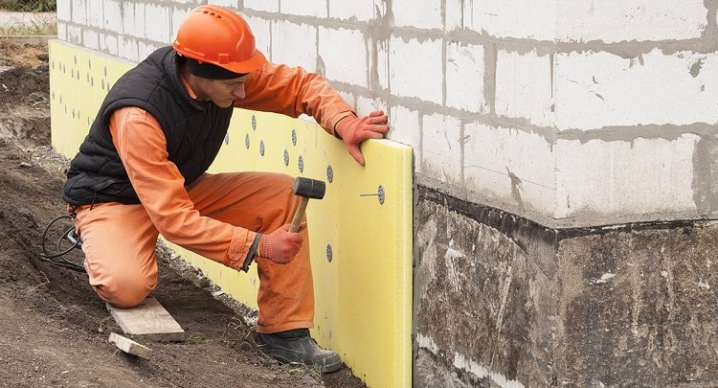
The best insulation to use inside
When insulating walls made of foam blocks and other materials from the inside with mineral wool, it is worth remembering the need for a decent vapor barrier and careful gluing of the seams using construction tape. Expanded polystyrene is not a very good option for thermal insulation of premises inside, since rodents often make passages in the material and move freely in the building. While mineral wool, which has a "prickly" structure, repels pests. When heated, expanded polystyrene emits a chemical odor, so it is recommended to use it when insulating outbuildings. For example, it can be used for baths.
When choosing a material, some factors should be considered:
- the premise is residential or non-residential;
- whether the insulation will be affected by high temperatures and high levels of humidity;
- is it possible to install an additional layer of vapor barrier.
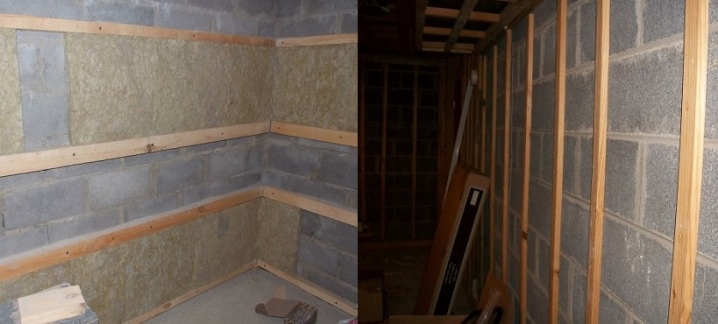
For buildings made of wood, it is recommended to choose mineral wool, the density of which is of an average level. Most often it is used for individual building elements:
- attic and pitched roofs;
- attic parts in the country;
- balconies;
- rooms with high temperatures.
The ceilings and floors of private houses are most often insulated with polystyrene foam. When insulating any building outside and inside, it is important to take into account all factors, because each material has a list of individual qualities. You can compare the characteristics of competitive heaters, but only the owner of the house can decide which one is more suitable in a given situation.
Mineral wool and polystyrene are the most popular materials, and each of them deserves a place of honor in the ranking of the most effective and best heaters for creating comfortable living conditions.
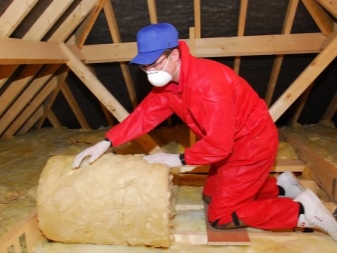
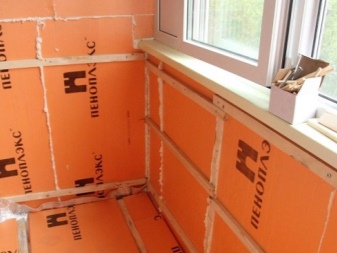













The comment was sent successfully.